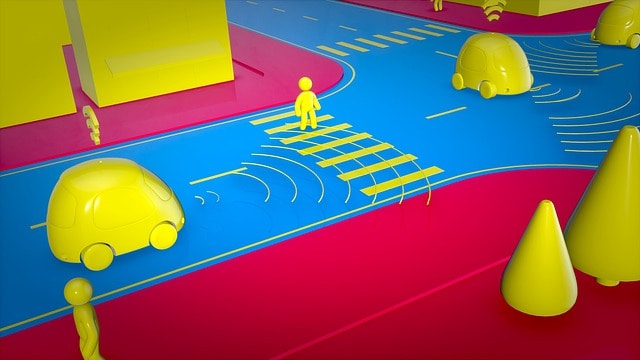Most autonomous vehicles use LiDAR technology as an obstacle detection method, thus avoiding collisions with both street and pedestrians and other vehicles. But LiDAR sensors have a limitation: they can only avoid colliding with elements that are in, say, their “field of vision.”
When it comes to avoiding a collision, however, even a few thousandths of a second can make a difference. So a team of MIT researchers have decided to squeeze the capabilities of artificial intelligence to prevent the appearance of obstacles even before they are visible, allowing to anticipate the appearance of pedestrians leaving between cars or motorcycles that We cannot see until the last moment because they are hidden by some column of an underground car park.
And how have they achieved this? Easy: looking at the shadows. Yes: the technology developed by the CSAIL (the MIT Laboratory of Computer Science and Artificial Intelligence) is able to detect small variations in the shadows of the ground using artificial vision to determine if there is something coming towards us around the corner.
ShadowCamera sees us coming (in the right conditions)
For now, the system has only been successfully tested in indoor environments, where speeds tend to be lower, and lighting more consistent, which facilitates the work of shadow analysis. They hope to increase their effectiveness under other conditions over the coming months.
In the words of Daniela Rus, director of the CSAIL and co-author of the investigation,
“For those tasks in which robots move through environments with the presence of objects or people on the move, our method can provide the robot with an early warning that warns that someone is approaching, allowing the vehicle to reduce speed, adapt its trajectory, and prepare in advance to avoid a collision.”
To ensure that the system (baptized with the descriptive name of ‘ShadowCam’ or ‘camera of shadows’) is able to detect changes virtually invisible to the human eye, MIT has combined image capture and visual odometry (a technology that we can find, for example in the Mars Rovers)
Researchers have calculated that this allows more than half a second to be won over cars that are limited to the traditional use of LiDAR. But its future usefulness goes beyond autonomous cars: in the future, robots that move transporting materials through corridors of hospitals or factories, for example, may use ShadowCam or some similar technology to overcome obstacles.
